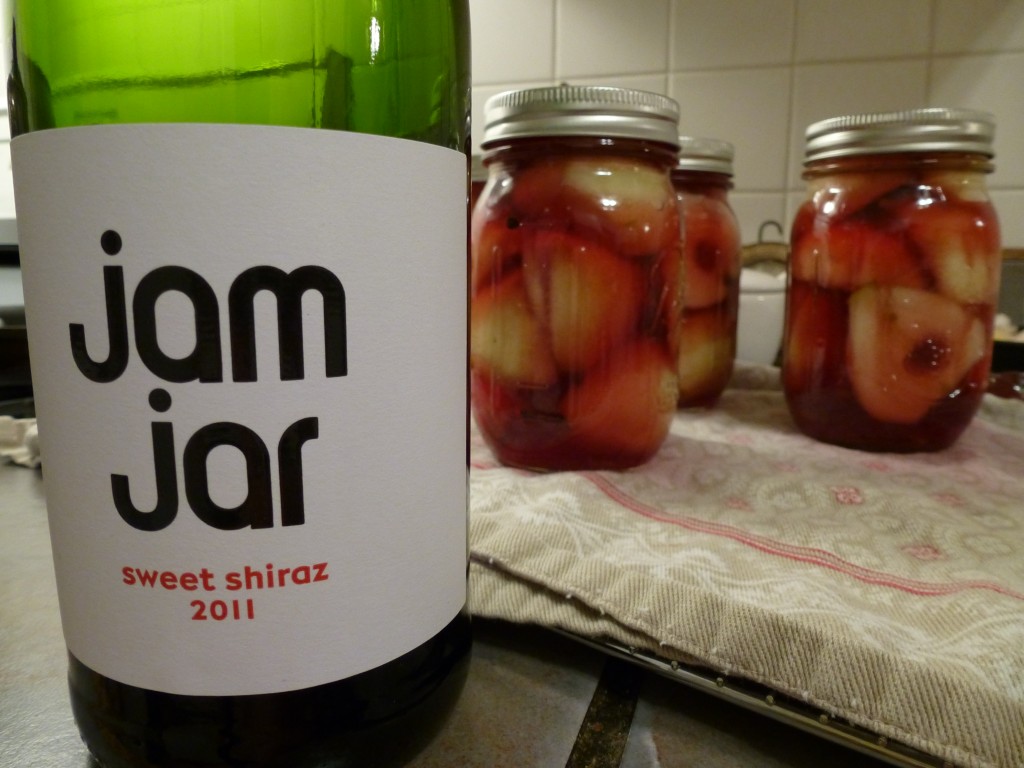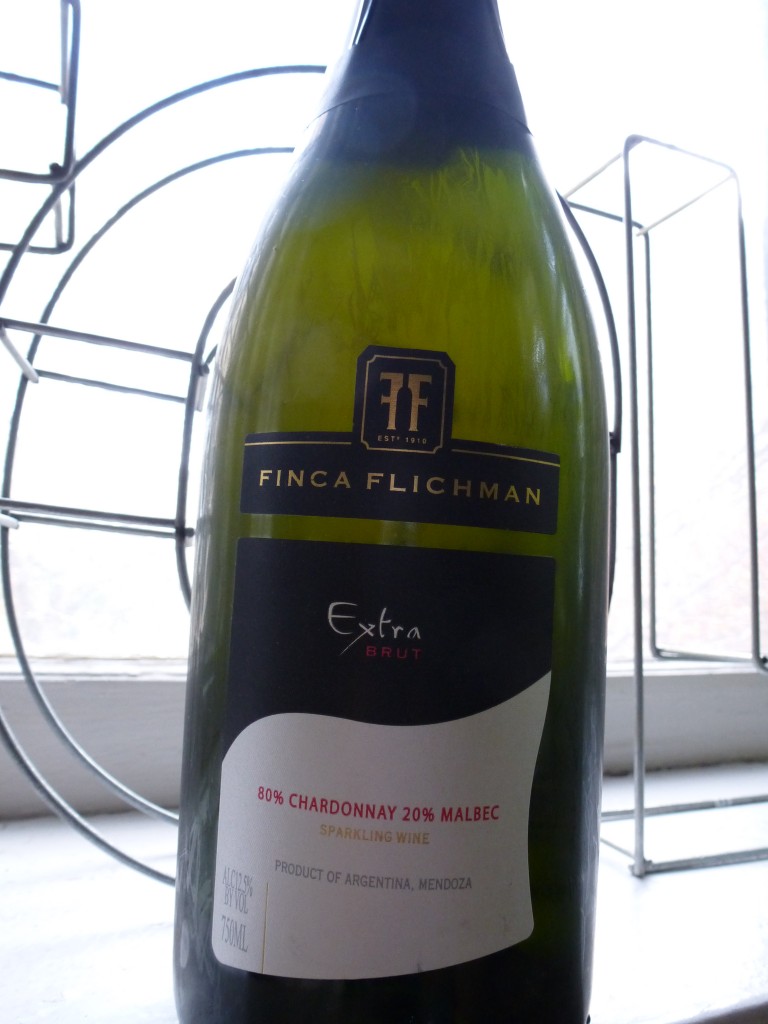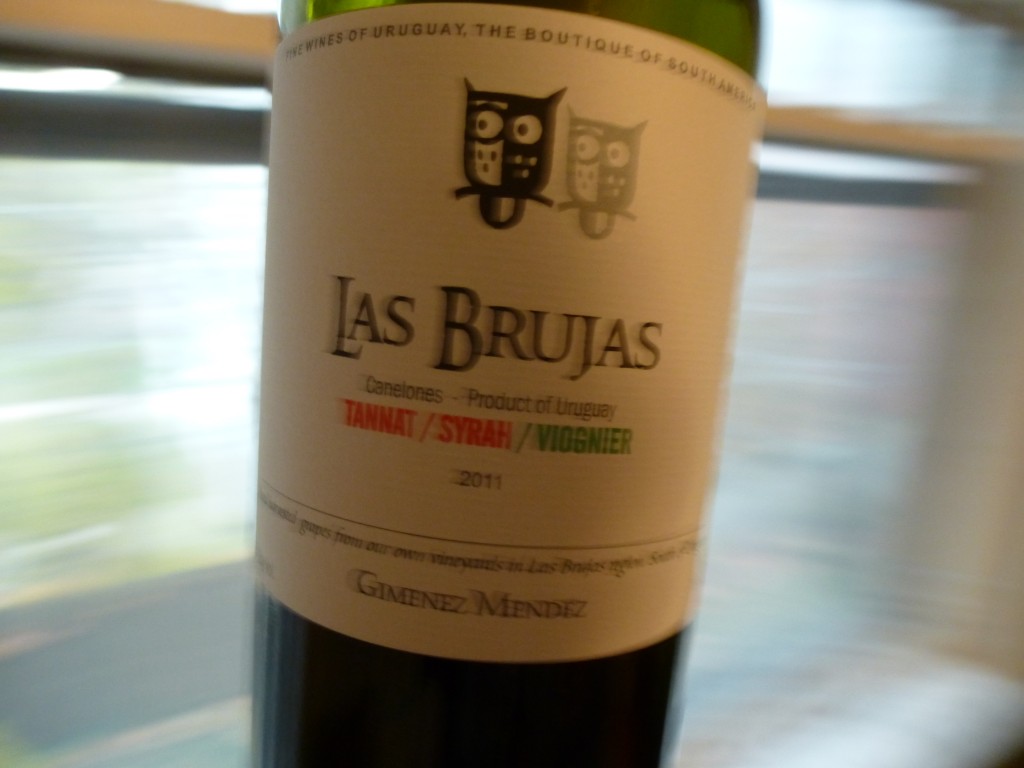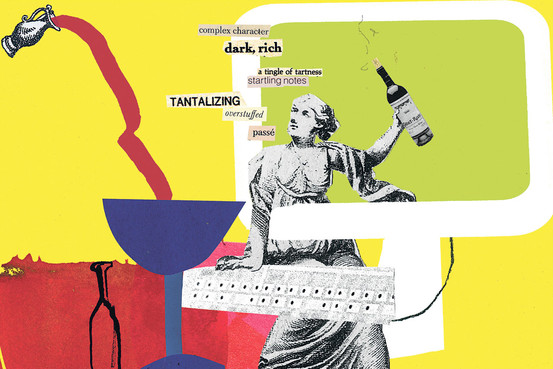Unusual And Undrinkable
 Most wines I write about on Odd Bacchus receive pretty good grades. I prefer to write posts about wines which excite me, because I like to think I’m helping bring unheralded wine regions and grape varieties to light. Even more important, I hope I’m helping my readers find some great values, since delicious unusual wines and spirits tend to cost less than delicious well- known wines and spirits.
Most wines I write about on Odd Bacchus receive pretty good grades. I prefer to write posts about wines which excite me, because I like to think I’m helping bring unheralded wine regions and grape varieties to light. Even more important, I hope I’m helping my readers find some great values, since delicious unusual wines and spirits tend to cost less than delicious well- known wines and spirits.
But a regular reader of this blog could be forgiven for thinking that I am happy with almost any alcohol that passes my lips, an opinion shared by most of my family, friends, coworkers, acquaintances and neighbors. Indeed, I do try to be charitable with wines — a very non-snobby French sommelier shamed me into that — but a recent selection really rubbed me the wrong way.
My husband returned from Whole Foods last week with a bottle of 2011 Jam Jar Sweet Shiraz from South Africa, thinking it would work well with the red-wine pickled pears he planned on canning. Mixed with vinegar, cinnamon and other spices, it made a perfectly lovely pickling liquid for the pears, and I gaze at the Mason jars of pears with no small measure of anticipation. Drunk on its own, however, this wine was an offense to the palate.
A simulacrum of raspberry jam pervaded the nose, and something artificial marred the flavor as well. It started a bit flabby before coalescing into acidic, chemically-tinged fruit. An unpleasant tomato note took over before the wine climaxed into a diabetic, teeth-coating finish. I don’t know what Jam Jar did to make this Shiraz “sweet,” but I have a feeling it didn’t happen in the vineyard.
What a waste of money. My husband spent $12 for this bottle of raspberry sugar water. Don’t be suckered in by Jam Jar’s cutesy font — behind the innocuous label lurks an unpleasant, saccharine wine, offering yet more evidence supporting my theory that the cuter the label, the crappier the wine.
SUMMARY
2011 Jam Jar Sweet Shiraz: Certainly sweet, but marred by chemically fruit and abrasive acids. Barely drinkable.
Grade: D
Find It: If you want to experience this charmer yourself, you can find it at Whole Foods. At the store on Halsted in Chicago, it’s on sale for $10 as of this posting. Still a poor value.







